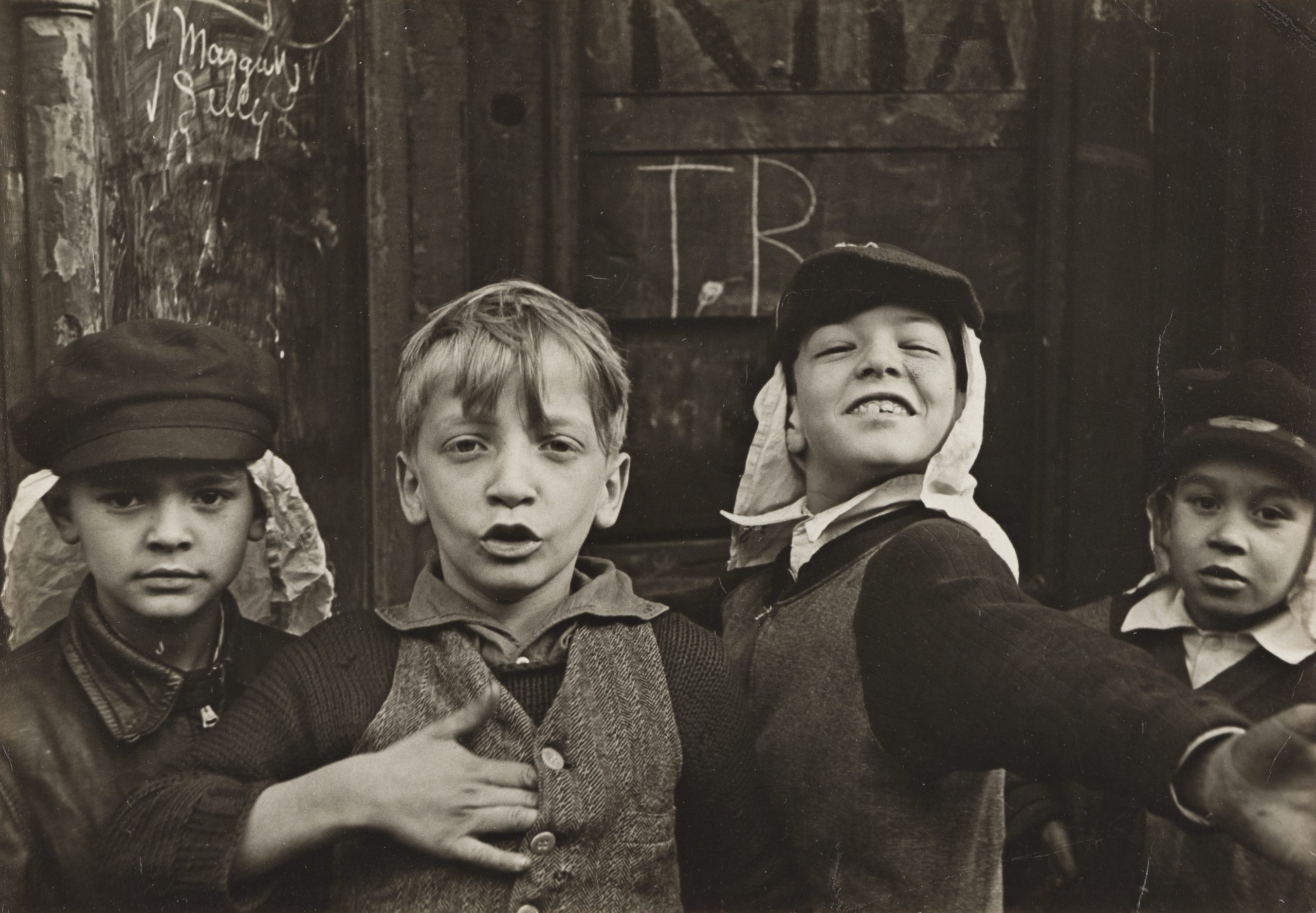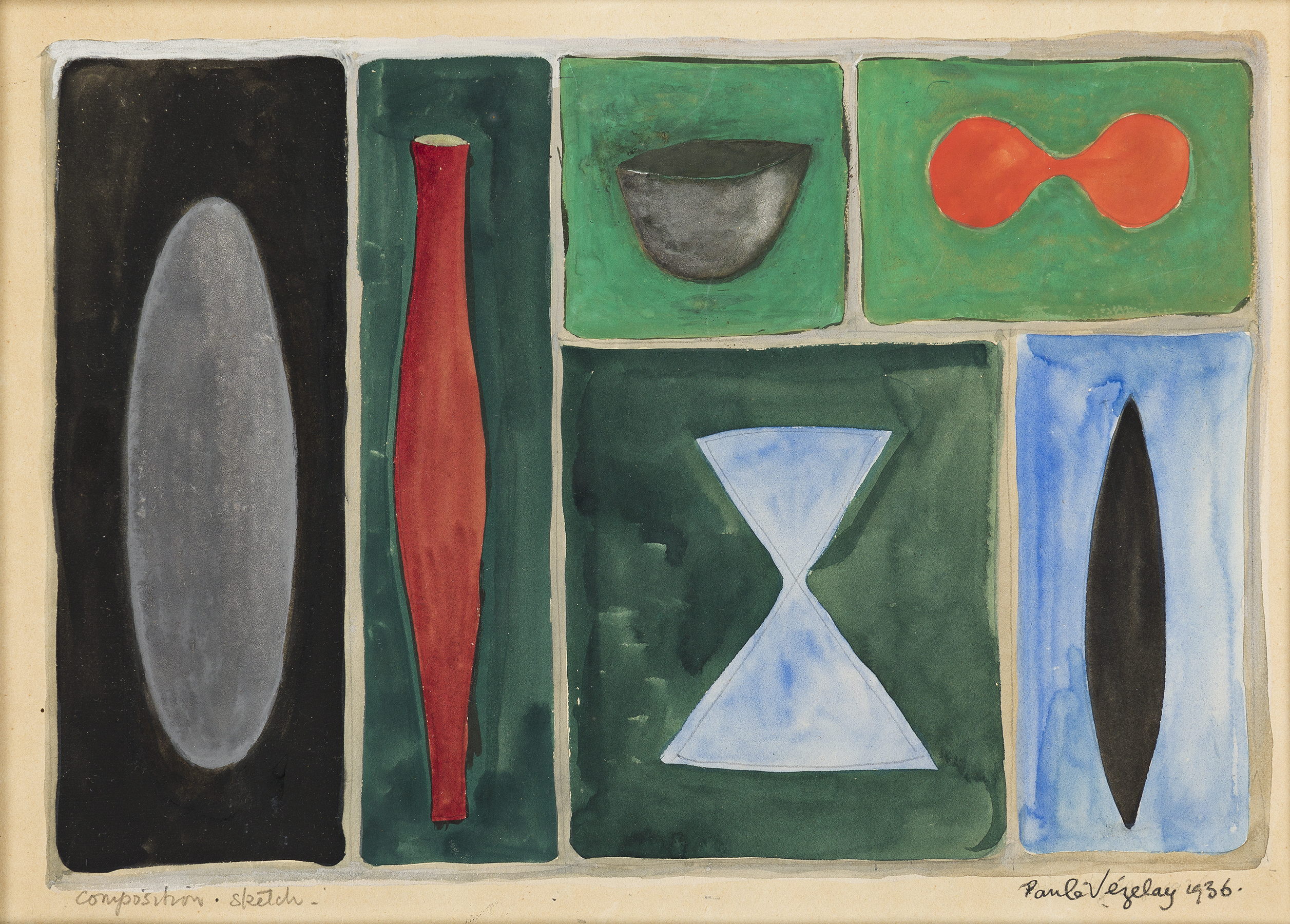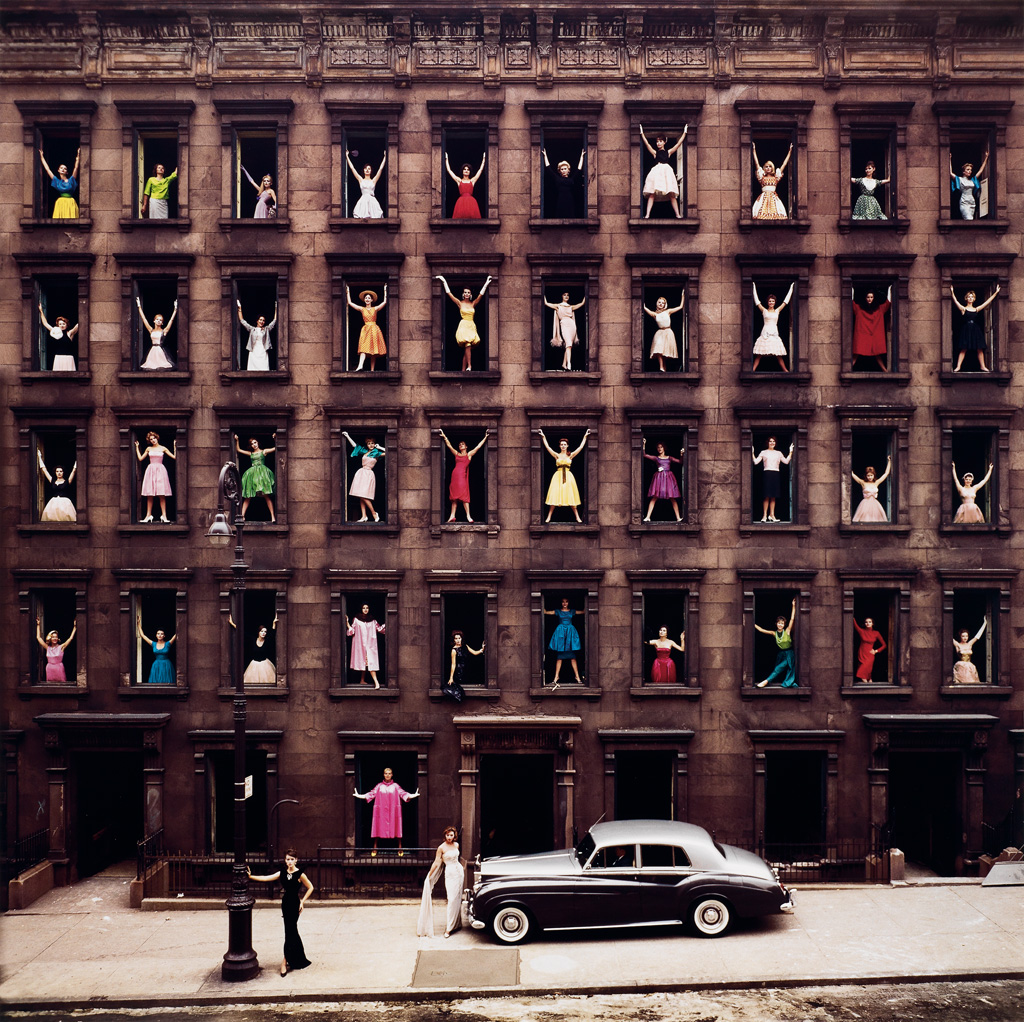Photographers Who Captured the Changing Landscape of the American West
America was, in some ways, founded on the idea of land. A restless push West, a desire to “discover,” to claim, and to shape, has formed the American identity. Here, land is a political, romantic, and relentless challenge. From the beginning, the camera has played a role in how we perceive the landscape, documenting, recording, sharing, and reimagining our perceptions of this country’s beautiful, diverse, vast space.
Carleton E. Watkins

In 1861 Carleton Watkins first glimpsed Yosemite Valley. Unknown to white settlers until 1849, in the earliest days it took visitors twenty hours by steamer, stage, and mule from San Francisco to make the journey. With heavy glass plates and a large-format camera, as well as the chemicals and materials he required, Watkins packed 2,000 pounds of equipment, including his camera, lenses, tripods, glass plates, and chemicals; surely the trip took him even longer. By 1856 improvements to the entry to Yosemite Valley had been made, and visitors’ accounts of the site began to appear in print, but the majestic landscape remained largely unimagined to most Americans. Inspired by the sublime landscape—towering falls, the vast glacial valley, and massive rock faces, Watkins stayed in Yosemite Valley for many weeks, creating mammoth plate (22×18 inches) photographs of the Valley and its now-iconic features that would not only bring him acclaim, but also bring the landscape to the public’s imagination.
These views were among Watkins’ first sent back to the East Coast. The wonders of Yosemite Valley were also described in articles in the Boston Evening Transcript written by Unitarian minister Thoams Starr King. In 1862 Watkins’ photographs were exhibited at the Goupil Gallery in New York, and through Starr King made their way into the hands of figures such as Ralph Waldo Emerson and Oliver Wendell Holmes. In 1863 Watkins selected thirty views for the first publicly issued set of mammoth plates made from these 1861 negatives. Watkins’ large-format wet-collodion process rendered the landscape in astonishing detail and clarity. Partly on their evidence of the grandeur and rugged beauty of the landscape, Abraham Lincoln signed a bill in 1864 declaring the Valley protected and clearing the way for the National Parks system.
It is not hyperbole to say that Carleton Watkins’ sublime photographs helped invent the idea of the American West, and indeed established the majestic vision of its unspoiled beauty. The idea of the West as a sort of Pacific Paradise, a North American Garden of Eden, began here.

Lewis Baltz
“His ambition drives him, like a physicist longing to decode chaos. With deep respect and consternation, Baltz has circled a territory for decades – noting every nuance, systemizing every fact. He’s made complex, remarkable, angry pictures. And, anyone could detonate like a passive-aggressive; the picture that looks great in your hand might just blow up somewhere inside your head.” — Marvin Heiferman, 1989
Lewis Baltz’s magnificent project Park City documents the transformation of a nineteenth-century mining town to a suburban development and ski destination in Utah. While comprised of 102 photographs, the work can be considered a cohesive whole, describing the slow transformation of the Utah landscape to what would become the largest ski resort in the region. Baltz documents an external survey, including the landscape’s excavation and transformation, and the newly constructed home exteriors and their empty interiors, all under the high-altitude crystalline light, bestowing a sense of isolation and uncanny stillness.

Baltz employed a maximum depth of field, and the sharp, finely rendered prints record both the construction and destruction in extreme detail. A nearly brittle clarity and immediacy uniformly characterize them. Even in the distance, details remain brittle and stark, highlighting how the human hand has impacted the landscape.
While decidedly not picturesque, Baltz’s images are organized and dynamic, achieving a modern sense of the sublime.
The photographs were first published in a catalogue by Leo Castelli and are now considered the second in Baltz’s loose New Topographics trilogy. This begins with his New Industrial Parks Near Irvine, California, 1974, and is completed with San Quentin Point, 1986. In many ways challenging the tradition of nineteenth-century Western photography, Baltz also brings these ideas to the twentieth century, revealing the passage of time and culture on our nation’s landscape.

Paul Strand
Born on October 16, 1890, in New York, Paul Strand graduated from the Ethical Cultural School in 1909, where he studied under the renowned documentary photographer Lewis Hine. A field trip in this class to the 291 art gallery operated by Stieglitz, the founder of the Photo-Secession movement and publisher of Camera Work, would open the path to his professional career as a photographer. Stieglitz would not only offer him a show but also publish Strand’s work in the two final issues of Camera Work in 1917, paving the way to the new artistic direction of the time, “Straight Photography,” which emphasizes the camera’s technical capability to produce sharp images, in focus and rich in detail.
Strand’s oeuvre includes all subjects: from architectural views to early abstraction, from portraits to documentary work, from landscapes to botanical snapshots. He is well-known for the work he made in his native New York: his street portraits made using a camera fitted with a false lens that would allow him to create portraits without his subjects being aware of it, and also for the iconic Wall Street, New York (1915), an early example of Strand’s willingness to accommodate documentary realism and abstraction within the same frame. In the 1920s and 30s, active as both a still photographer and a filmmaker, he offered – through these multiple facets – a wide eye on the American culture of his time by capturing the human condition in the modern urban context.

The later period of his American career is marked by his project Time in New England, a collection of composed portraits and landscapes that might be considered the quintessential work of his depiction of the American landscape, in which he further used his camera as a tool for social reform according to the codes of his “Straight” aesthetic. As pointed out remarkably by Robert Adams, you have to be completely immersed in the environment to create such a well-balanced result. Indeed, his New England photographs—composed inventively with precision but with unconventional cropping or close-ups—“are the work of a disciplined artist who, in order to share what he valued most, took the risk of being free” (Robert Adams, Why People Photograph, Aperture Foundation Inc., 1994). As such, this project made between 1943 and 1947 exemplifies his devotion to America, addressing some social issues the country was facing.

Ultimately, his convictions pushed him to move abroad in 1950 to France and pursue his work in Europe and later Africa. Although Strand is best known for his early abstractions, one can argue that his ceaseless depictions of America remain part of his most subtle and admirable body of work.
“My guess is that the most shaping force in his creative life was his devotion to America, a commitment as deep and troubled as that of his teacher, Alfred Stieglitz, and kept as faithfully to the end.” — Robert Adams









![Grace Meschery-McCormack shares about two copies of Fernando de Rojas’s ‘La Célestine,’ including a limited edition copy illustrated by Pablo Picasso.
At auction April 22. Learn more about the works at the link in our bio.
#Rarebooks #rarebookdealer #antiquarianbooks #auctions
_______________________________________
Music Credit:
Schubert - Piano Quintet in A major ‘The Trout’, D. 667 - IV. Andantino – Allegretto
Music provided by Classical Music Copyright Free on Youtube [https://tinyurl.com/visit-cmcf]
Watch: • Schubert - Piano Quintet in A major ‘...]](https://scontent-iad3-1.cdninstagram.com/v/t51.75761-15/491443494_18499096345036585_5935932878956098058_n.jpg?stp=dst-jpg_e35_tt6&_nc_cat=107&ccb=1-7&_nc_sid=18de74&_nc_ohc=AZ-awqelOZgQ7kNvwFA19hE&_nc_oc=AdkZVODYB5VxTPck7kaEV8QTzHwvQLzaAjo_r9W39mgpTAk2Ix_Bp7bj2bTOpAdxWZY&_nc_zt=23&_nc_ht=scontent-iad3-1.cdninstagram.com&edm=AM6HXa8EAAAA&_nc_gid=WYEcU6gC5TqWZD5uMxPhZg&oh=00_AfGiGi_LSZupgOmG9-F7SuCrqswGM5UOV8BXCEkXVaN-Cw&oe=680DB7D1)








